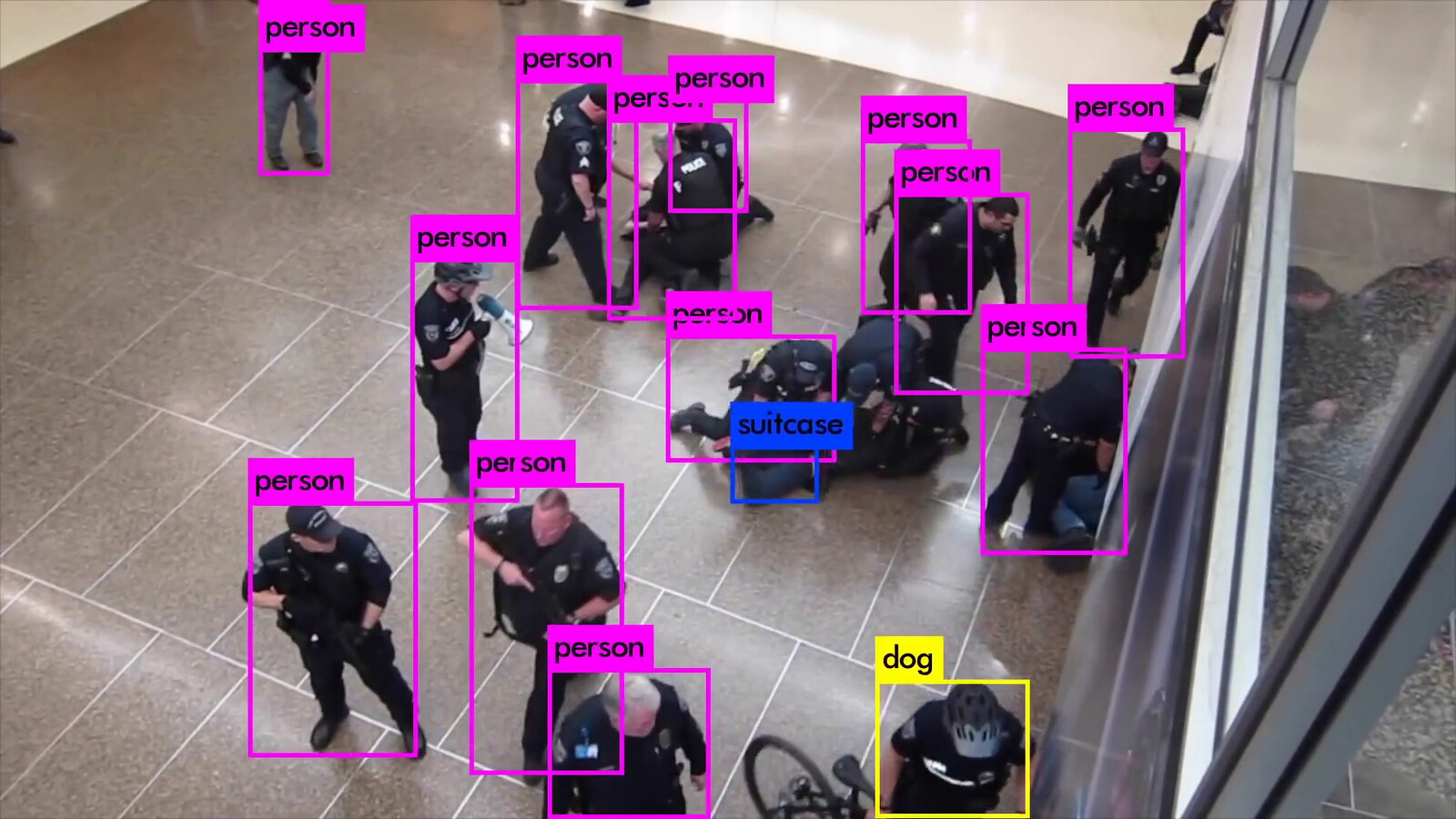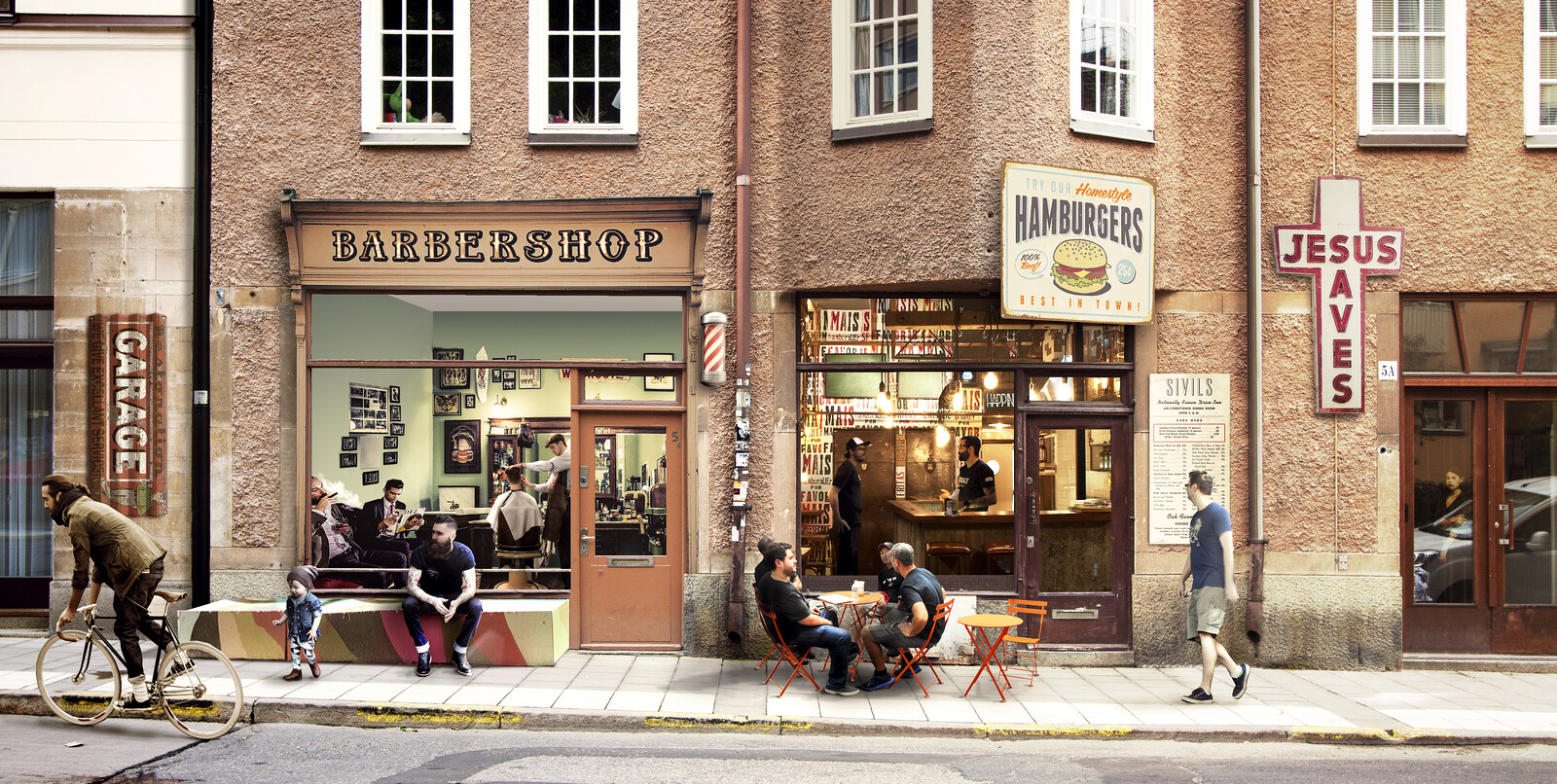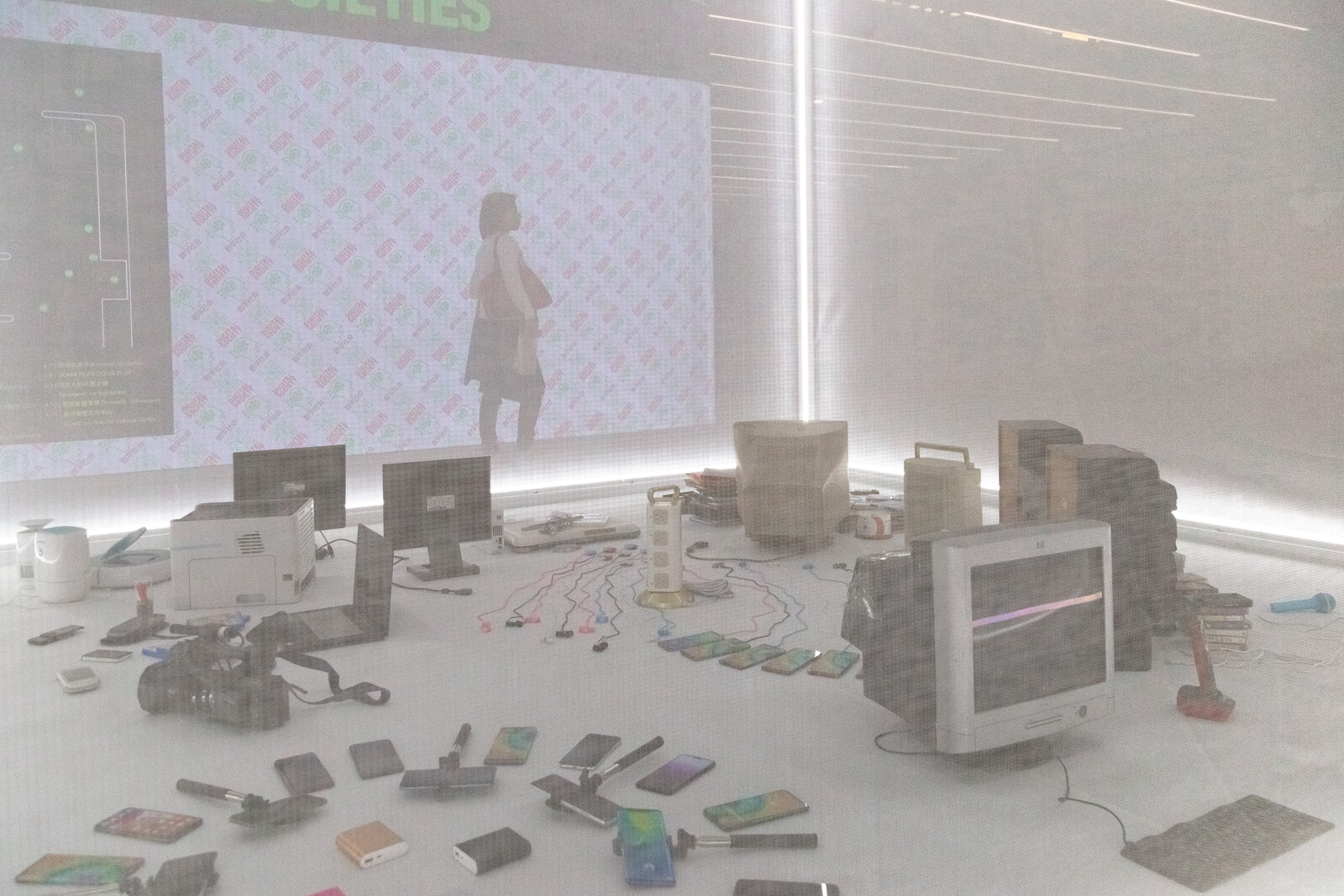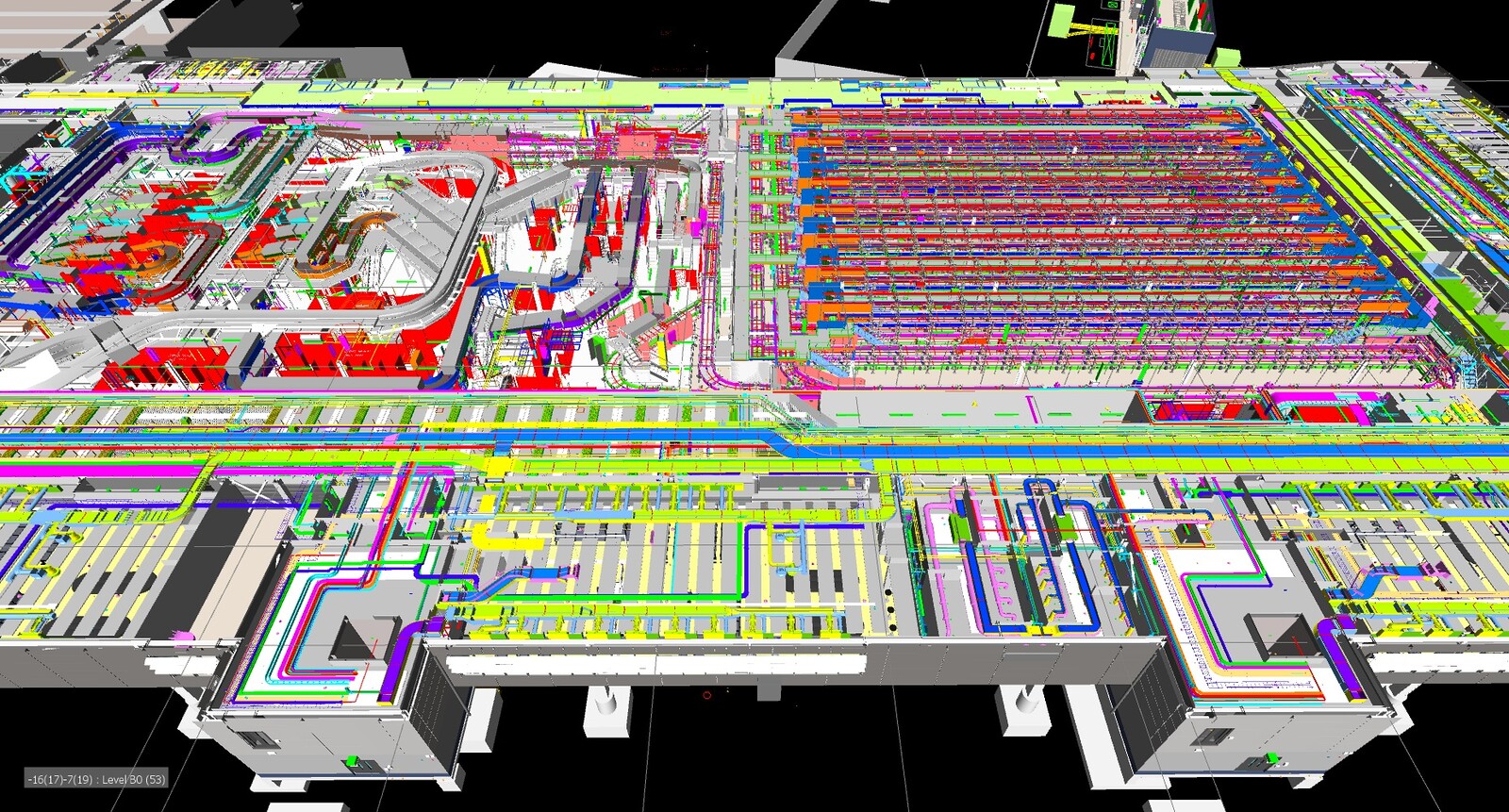Software as Infrastructure is a project by e-flux Architecture as part of “Eyes of the City” at the 2019 Bi-City Biennale of Urbanism\Architecture (Shenzhen), featuring contributions by David A. Banks, Amelyn Ng, Mary Ann O’Donnell, Helen Runting, Space Popular, and Andrew Witt.
Save for a few small changes—slightly cleaner, quieter, nicer even—nothing looks to have changed. If you didn’t know what this place looked like beforehand, you wouldn’t even think that it wasn’t always like this. But yet, despite all appearances, everything is different. People move differently, act differently, speak differently, feel differently, think differently. How could so much change right in front of our eyes, without us noticing it happen?
Infrastructure is traditionally associated with the unthought, the unseen. Almost by definition, infrastructure only really works when we don’t notice it working. And it works. It is a machine. Like a social contract, it labors for us so we don’t have to labor ourselves. Infrastructure is also traditionally associated with the social, with collectivity. It is too intensive, too powerful, to not be shared. It is, in the words of Walter Benjamin referring to architecture, “received in a state of distraction and through the collective.”
Infrastructure is sedimentary. That of today is built upon those of yesterday, and those of tomorrow with what we have today. In this process of addition, it has become increasingly intangible. No longer made of brick and pipe, or even metal and glass, infrastructure today is made of pixel and data. Without maps, GPS would have been impossible to conceive. And in turn, without GPS, the “software” or apps that have increasingly come to determine the logics and shape the imagination of urban experience would be simply unthinkable.
Within the history of computing, the dichotomy between hardware and software has been stubbornly persistent. Yet the understanding of hardware as a mere offering of computational power, waiting to be used by software, is false. As networked devices become smaller, more personal, more intimate, more quotidian, more indistinguishable from daily life and the self alike, it is use value, not abstract potential, that drives the future of technological progress.
From ridesharing and food delivery to social networks and decentralized services, software has become the new urban infrastructure. Software runs on sprawling networks of cables, data centers, and satellites. But the city runs on software. Then again, one could argue that the city has always run on software. “Program,” after all, as a concept, encompasses not only downloadable software packages but also architectural plans and governmental policy.
What, then, are the urban and architectural potentials latent within the software of today? What would it mean for its logics of development, deployment, and use to be treated as a medium for imagination, speculation, and projection? What does it mean to design for the city today whose experience and performance is determined less by its physical structure as it is by variably downloadable content and continuously updated frameworks?
Software as Infrastructure is a project by e-flux Architecture as part of “Eyes of the City” at the 2019 Bi-City Biennale of Urbanism\Architecture (Shenzhen).






